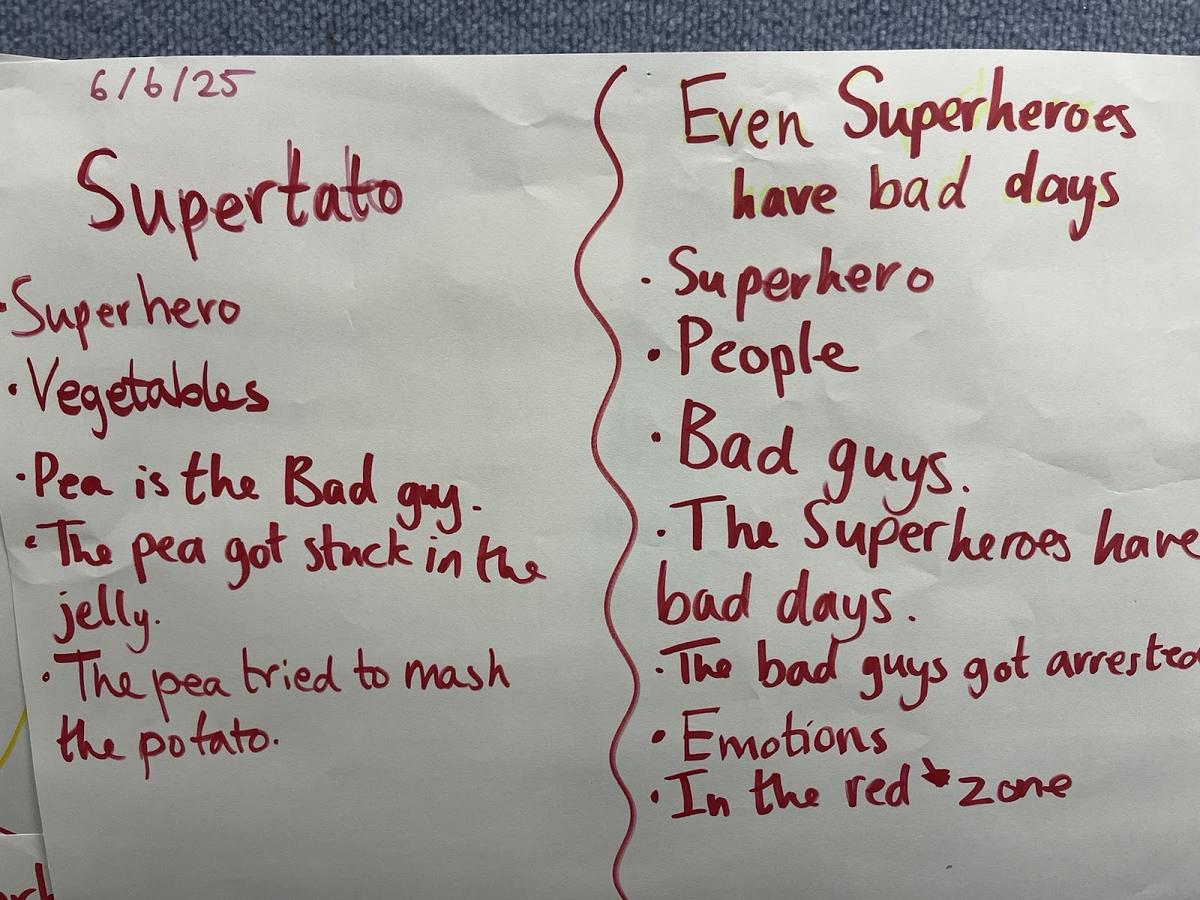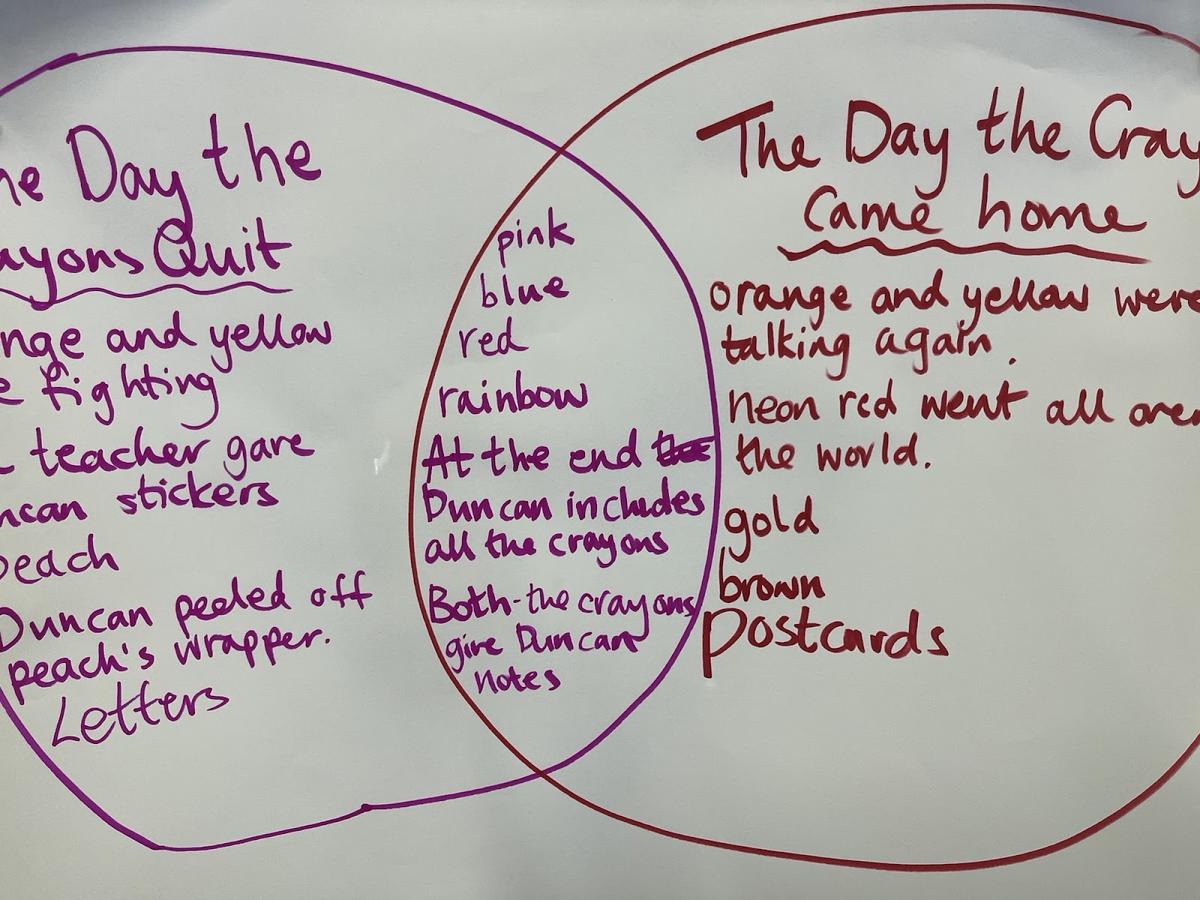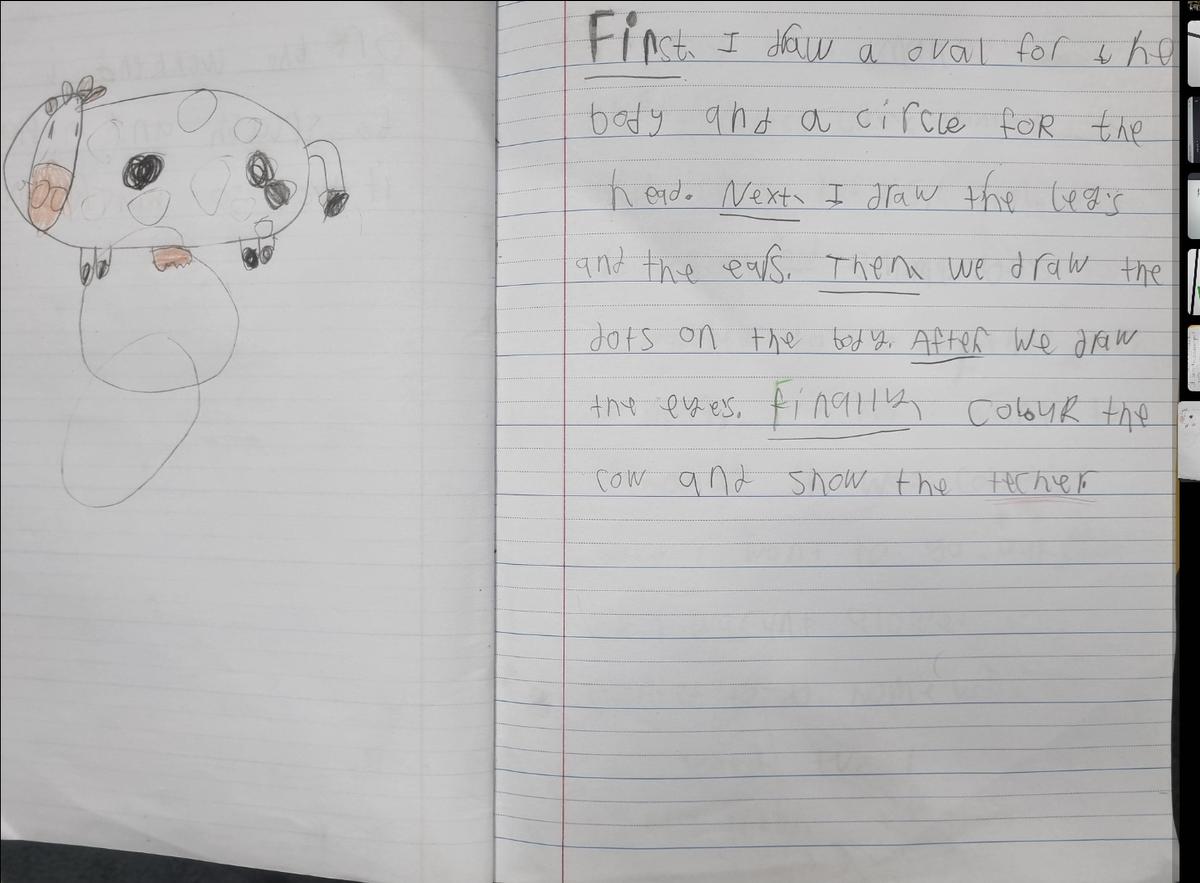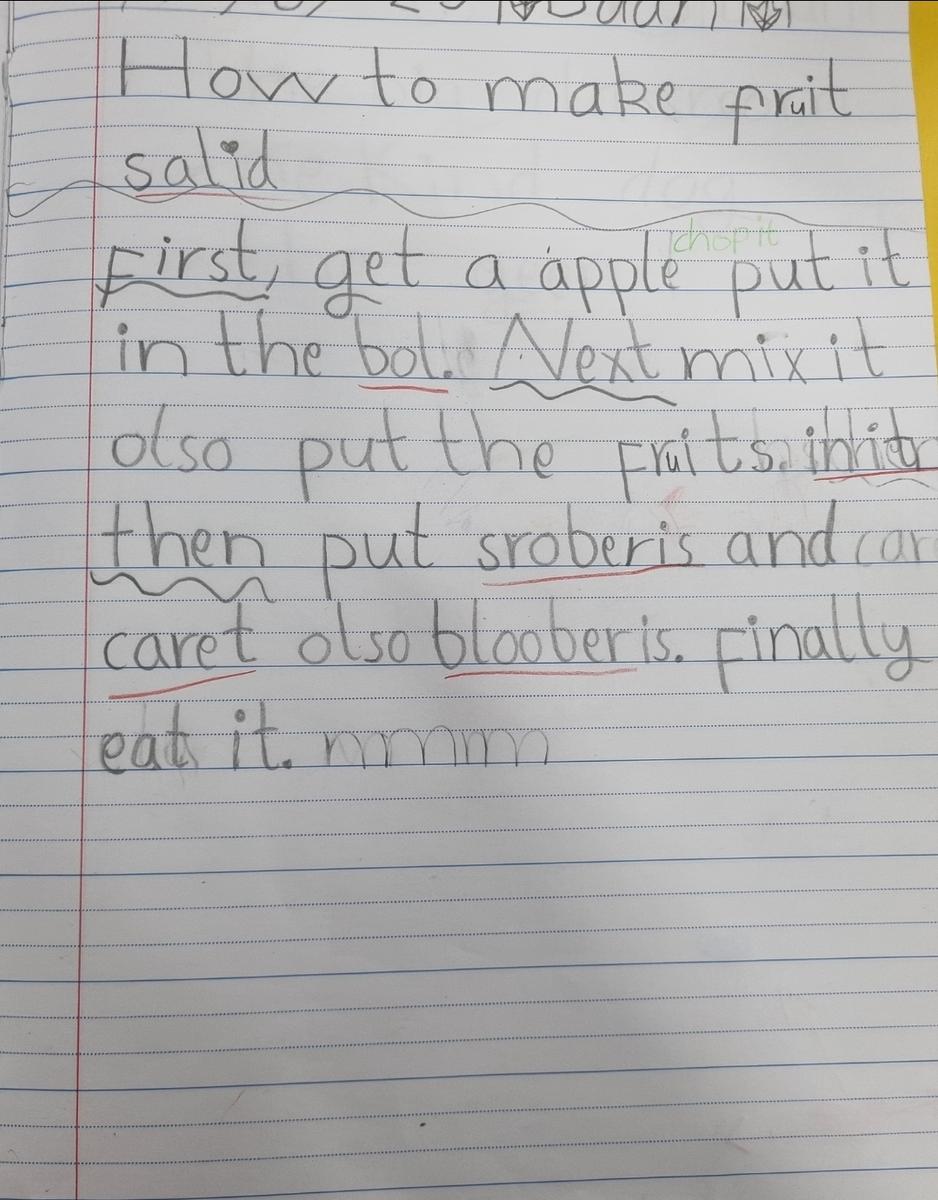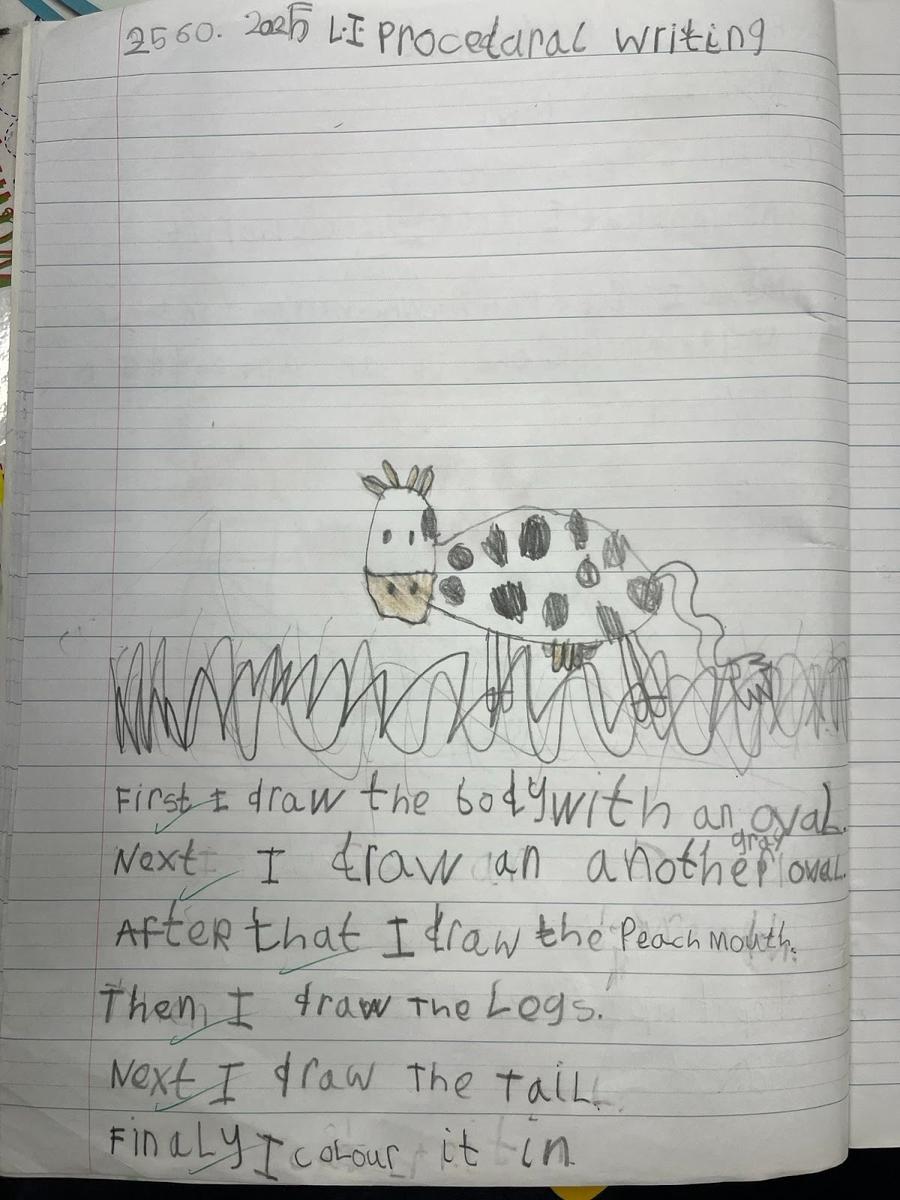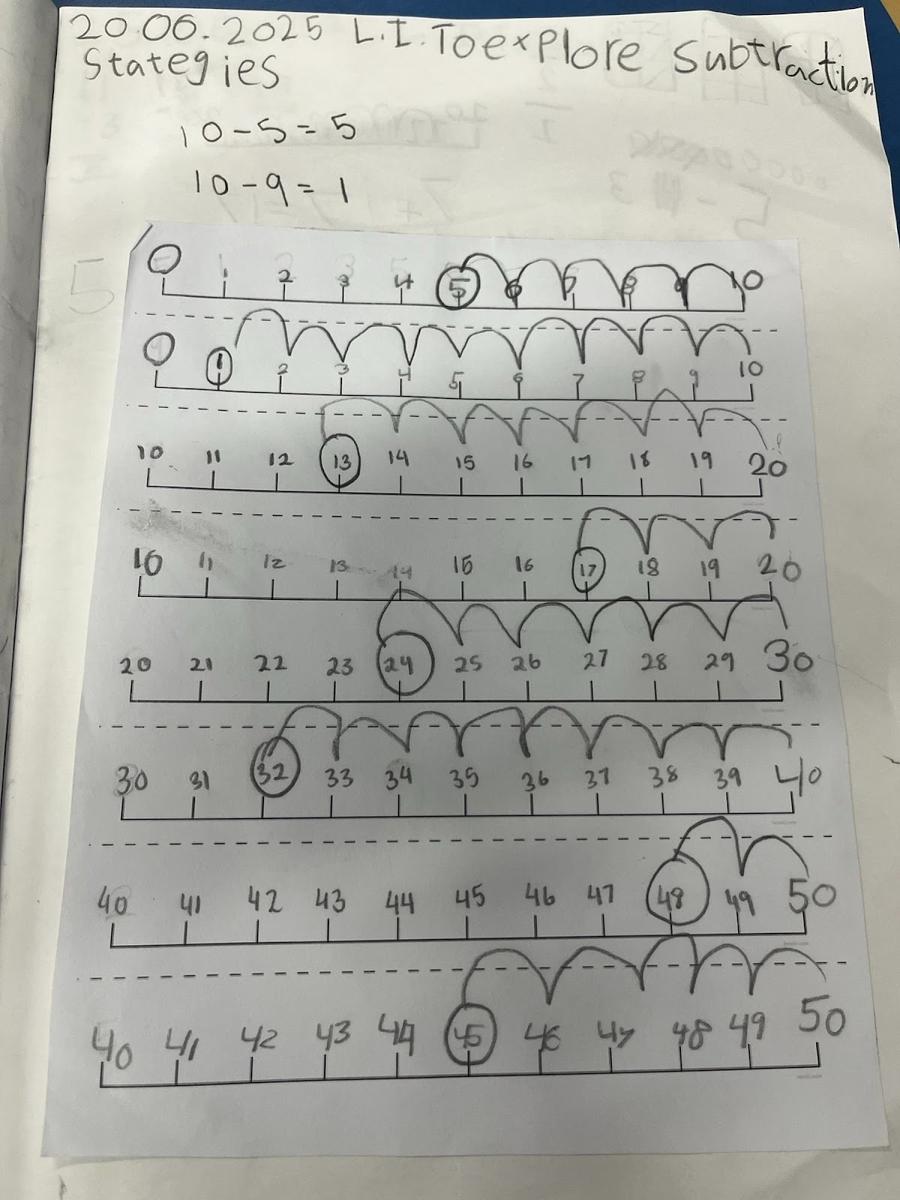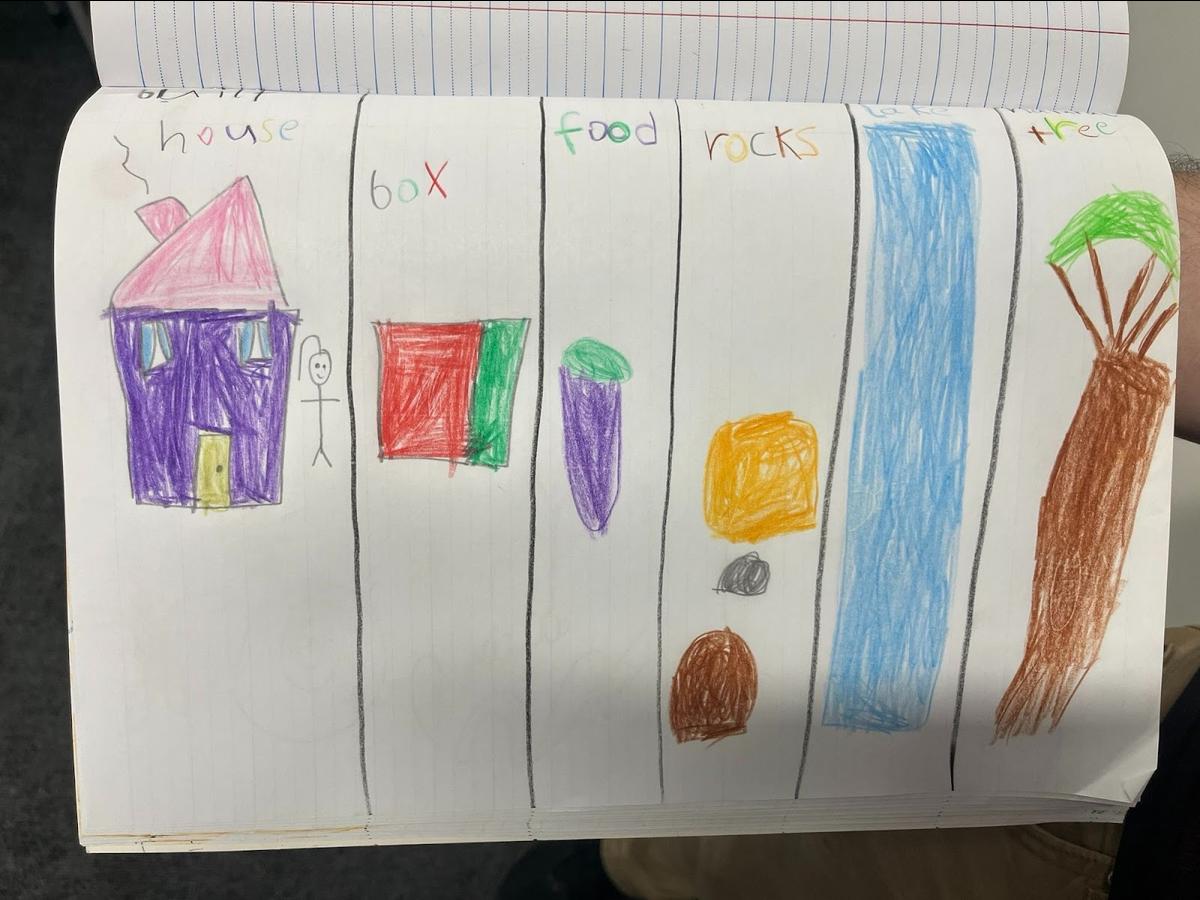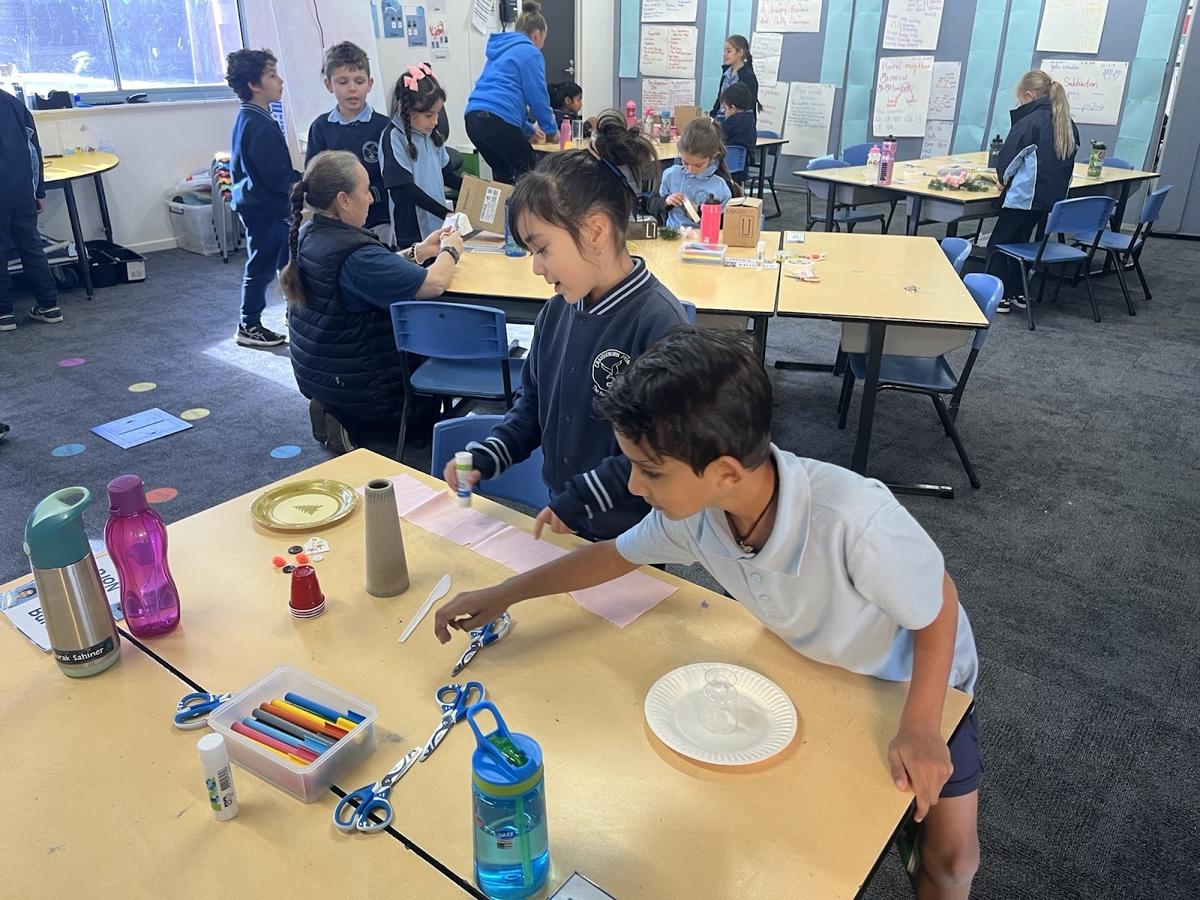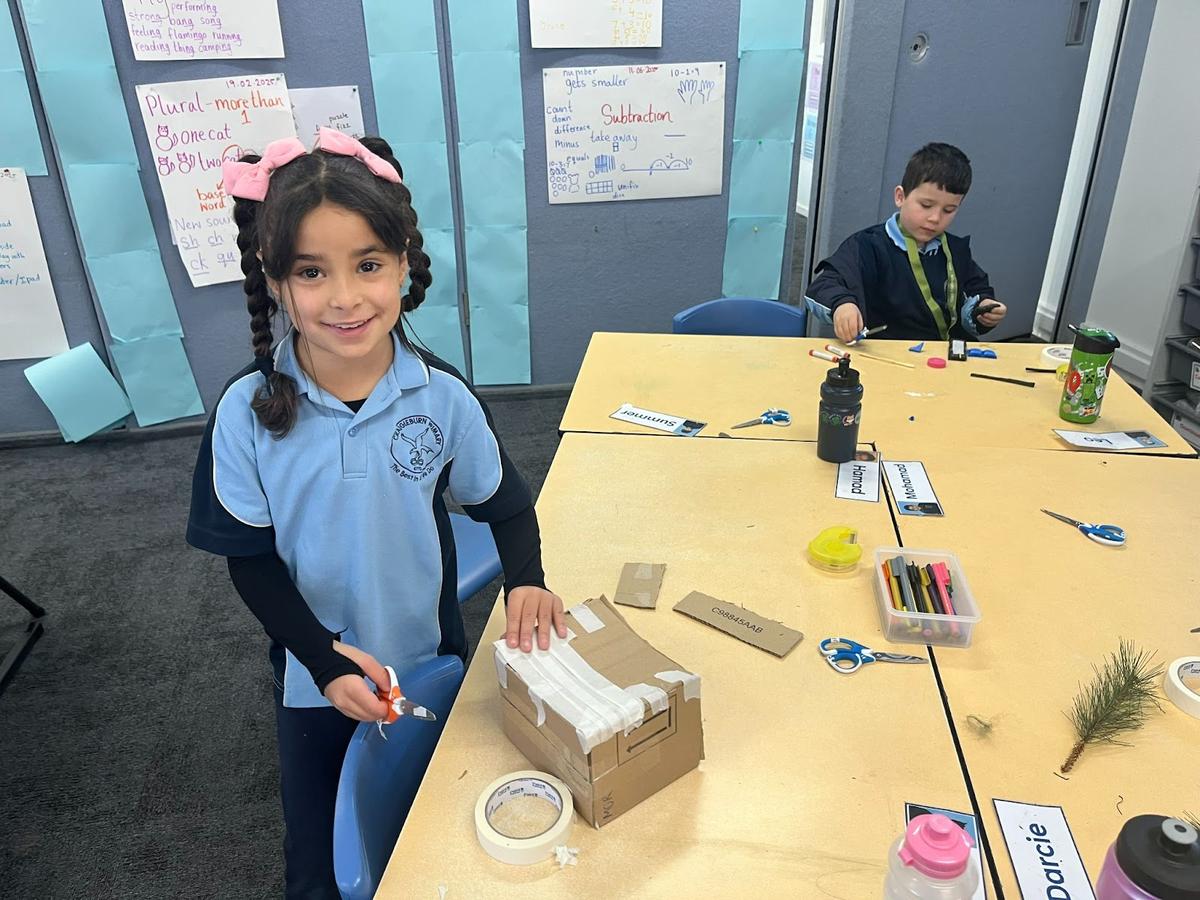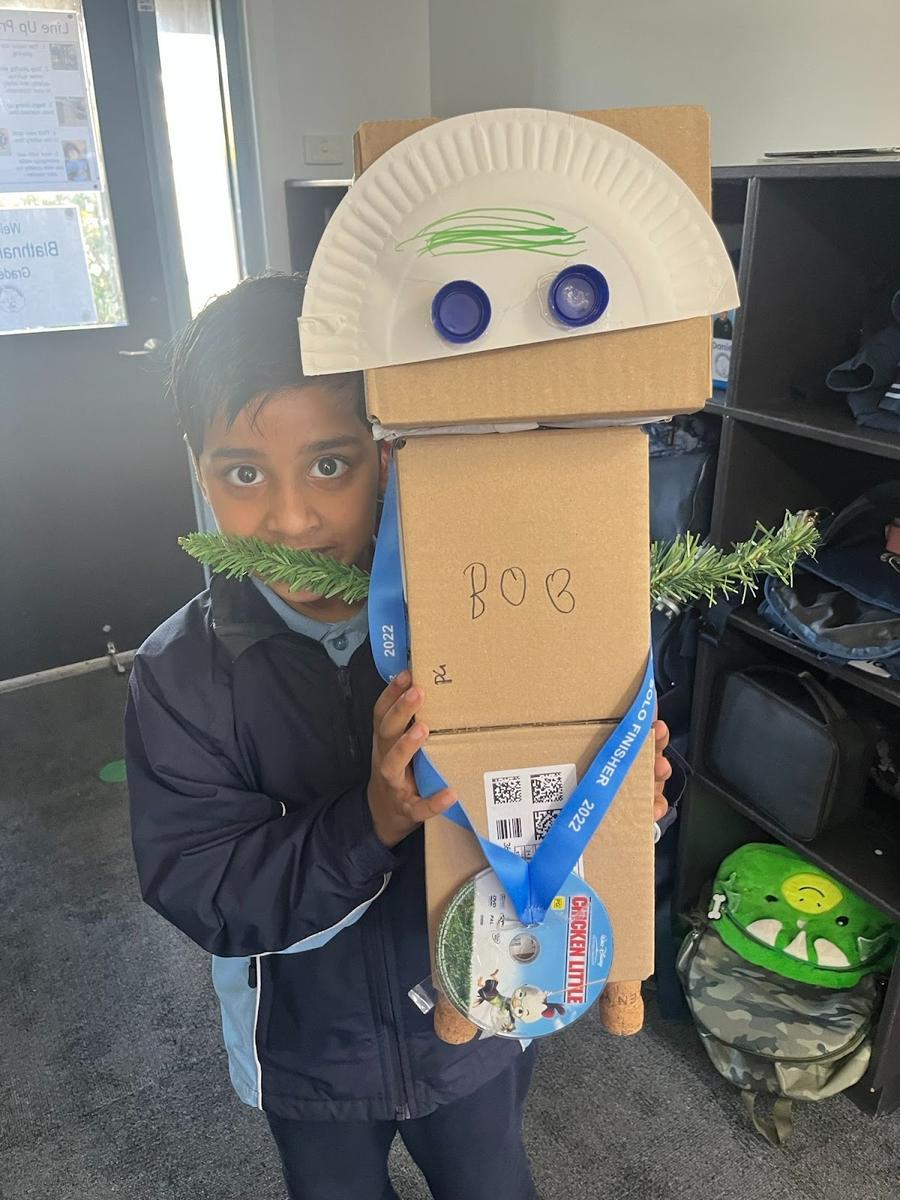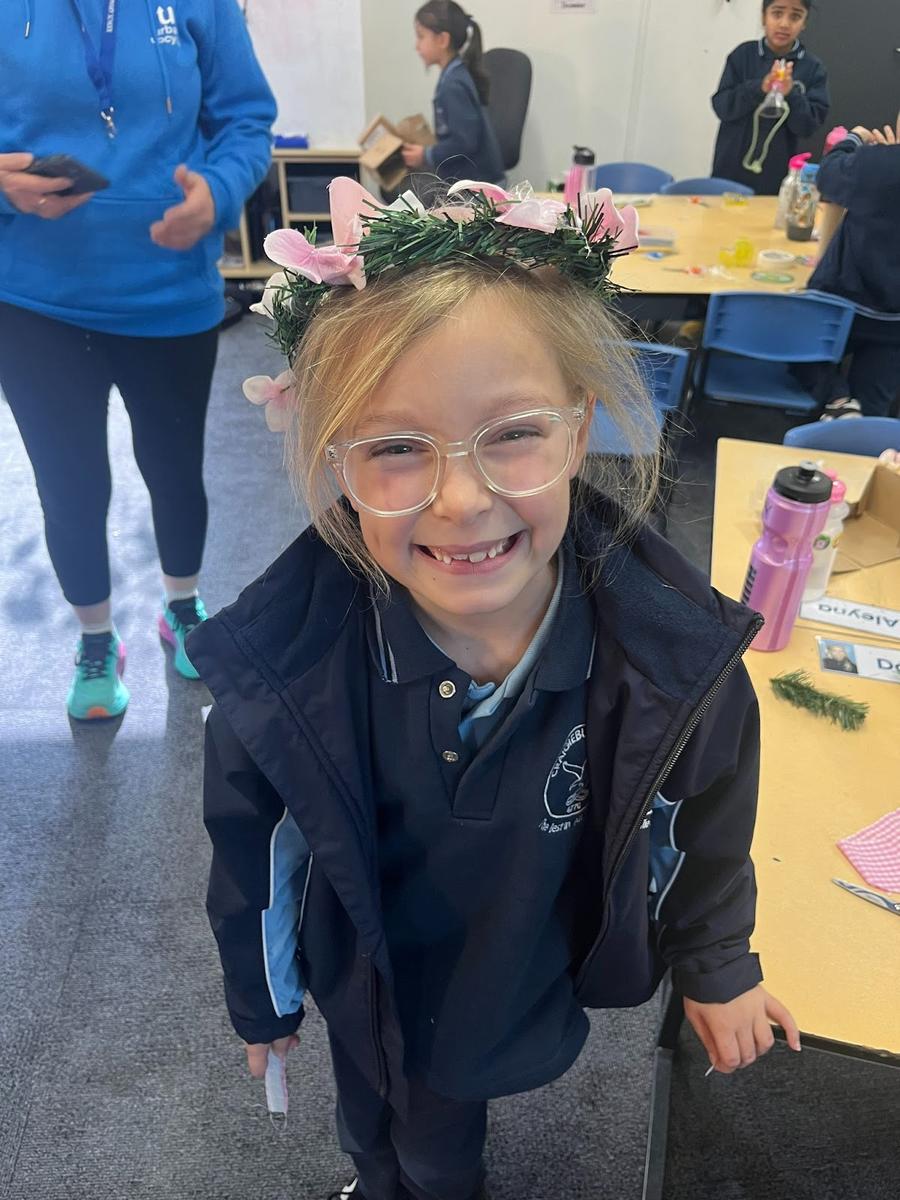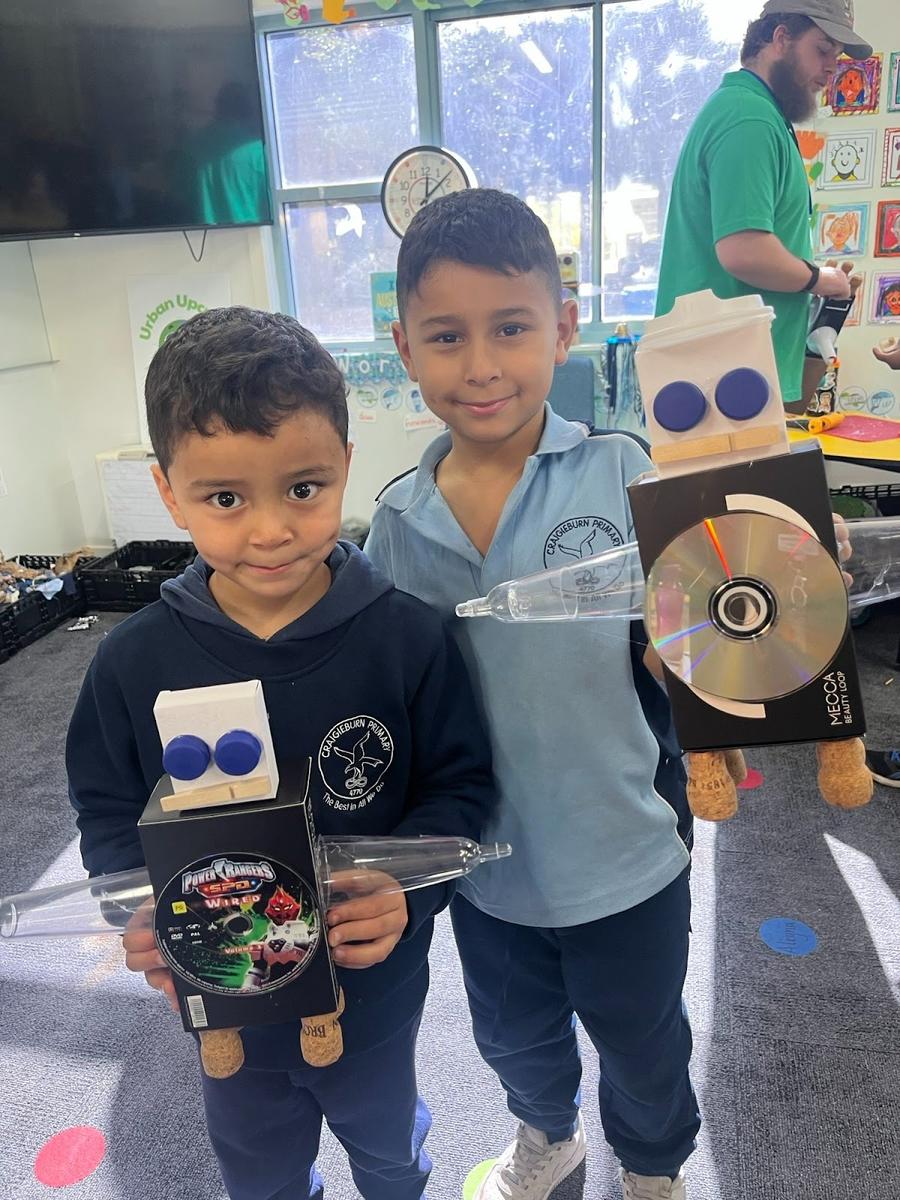Year 1 News
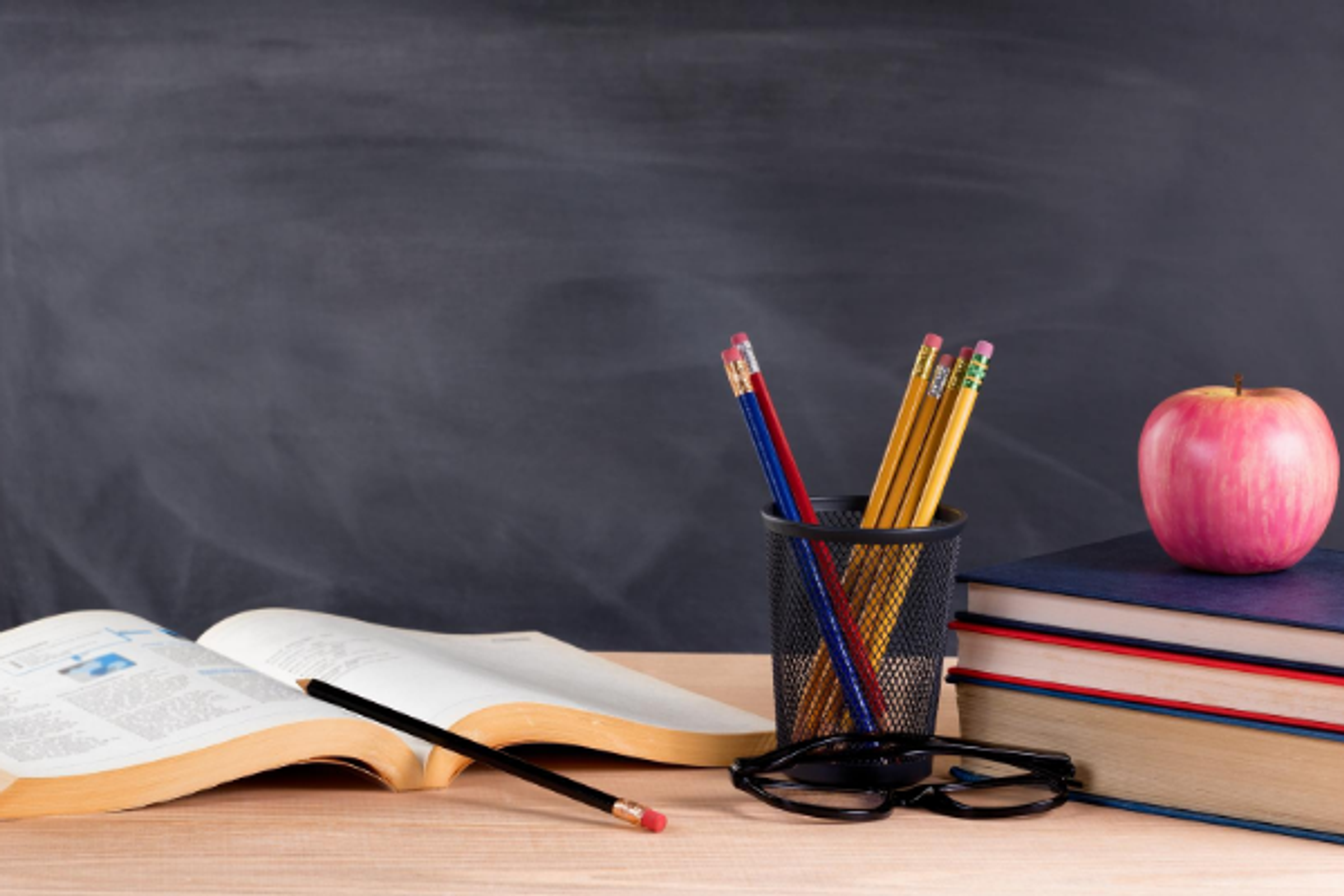
Reading
In Reading this week students have been learning about text-to-self connections. A text-to-self connection occurs when readers relate elements of a text, such as characters, events, or emotions to their own personal experiences, thoughts, or feelings. This strategy enhances reading comprehension by making the content more meaningful and memorable. For instance, if a character in a story feels nervous about starting a new school, a reader who has experienced similar feelings can empathise, leading to a deeper understanding of the character's emotions and actions. By drawing parallels between the text and their own lives, readers engage more fully with the material, fostering empathy and a more profound connection to the narrative. Educators often encourage students to make these connections to promote active reading and personal engagement with literature.
“I like making connections with text to self.” Armaan 1A
Writing
Year 1 students are learning to use what they know about sounds (phonemes) and letters (graphemes) to help them read and write words. When they write, students have been encouraged to listen carefully to each sound and record the letters that match. Lots of opportunities to practise this skill will help them become more confident writers!
As part of the writing process, students have been co-creating anchor charts to support revising and editing their procedural writing drafts. The Revise Anchor Chart focused on making sure writing makes sense, improving word choices, adding detail, and using a green pencil for revisions. The Edit Anchor Chart included checking spelling and punctuation, using a red pencil for editing.
Our Year 1 Teachers modelled how to reread a procedural draft twice, once with a green pencil to revise for meaning and detail, and once with a red pencil to edit for spelling and punctuation. Students then applied these strategies to their own drafts. Students will continue to practise these skills as they move through the writing process.
Revising our work helps make our writing better - Baani 1B
Maths
In Maths this week, Year 1 students have been focusing on subtraction. They have been exploring different strategies to help them become confident and flexible with solving subtraction problems.
Students have been encouraged to try a variety of strategies to see what works best for them. These have included using number lines to count back, friends of 10 and doubles facts to help with mental maths, ten frames to visualise numbers, the part-part-whole model to understand how numbers can be broken apart. They have been using concrete materials such as counters, blocks and ice pole sticks to make sense of the problems in a hands-on way
Students focused on explaining our thinking and choosing the strategy that fits the problem best. It’s been wonderful to see students building confidence and becoming more independent in their learning.
“I like doing maths because we are doing subtraction. My favourite strategy is using the part-part-whole model and number line.” Hafsa 1A
Inquiry
This week students recapped their learning by identifying and describing the natural and built features of places. This term, they enjoyed looking closely at their surroundings and discovering how to tell the difference between things made by nature (like trees, rivers and rocks) and things made by people (like buildings, roads and playgrounds). Each child created a beautiful picture showing both natural and built features in a place that is special to them.
The Year 1 cohort explored a thought-provoking question: What is more valuable, gold or water? This led to rich class discussions about what everyone truly needs to live and how different people might value things in different ways. They are learning about how Aboriginal people are connected to the land, and they explored the deep relationship that First Nations people have with Country. Students listened to Dreaming stories, learned how the land provides everything needed for survival, and how this connection is based on care, respect and responsibility. The students reflected on what they can do to care for the environment and show appreciation for the land we live on.
“I liked it when we were designing our own park.” Leo 1A
Social and Emotional Learning
In Social Emotional this week, students explored what it means to focus on your own actions as part of being kind in the classroom. They discussed the meaning of ‘focus’ and how it applies to our learning and behaviour.
Students learned that being focused includes paying attention to their own work, avoiding comments on others’ actions or work unless asked, and understanding that every learner may have different programs or adjustments to help them succeed. Through this, we’re building a respectful and supportive learning environment where everyone can do their best.
“When someone else is getting some support or needs help from an adult, we focus on our own actions.” Nora 1A
Special Event
Last week, Year 1 had an exciting incursion all about upcycling! The students were buzzing with creativity as they explored how everyday items that might usually be thrown away can be turned into something new and useful.
During the session, they learned about the importance of looking after our environment. Students discussed how throwing things out can lead to more rubbish in our world, and that we can help by recycling, reusing and upcycling materials instead.
Using cardboard, fabric scraps, plastic containers, lids and other everyday items, each student got the chance to create their very own upcycled invention. From robots and rocket ships to pencil holders and imaginative creatures, the ideas were unique, colourful and showcased their skills!
This hands-on experience helped the children understand how small actions, like choosing to reuse, can make a big difference to our planet. We were so proud of their thoughtful conversations and the pride they took in their creations.
